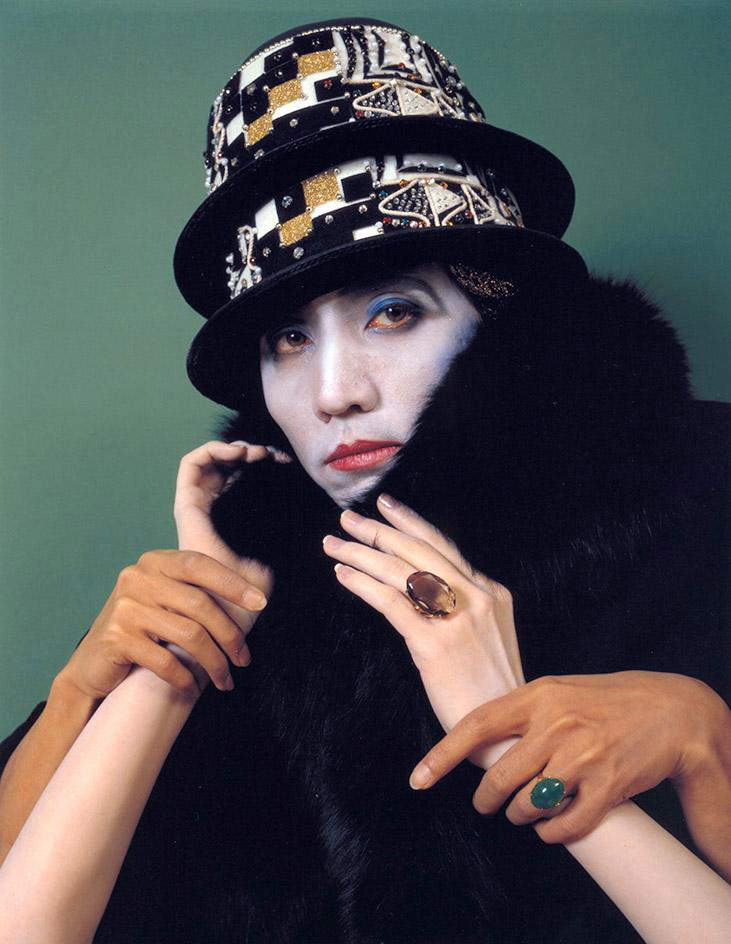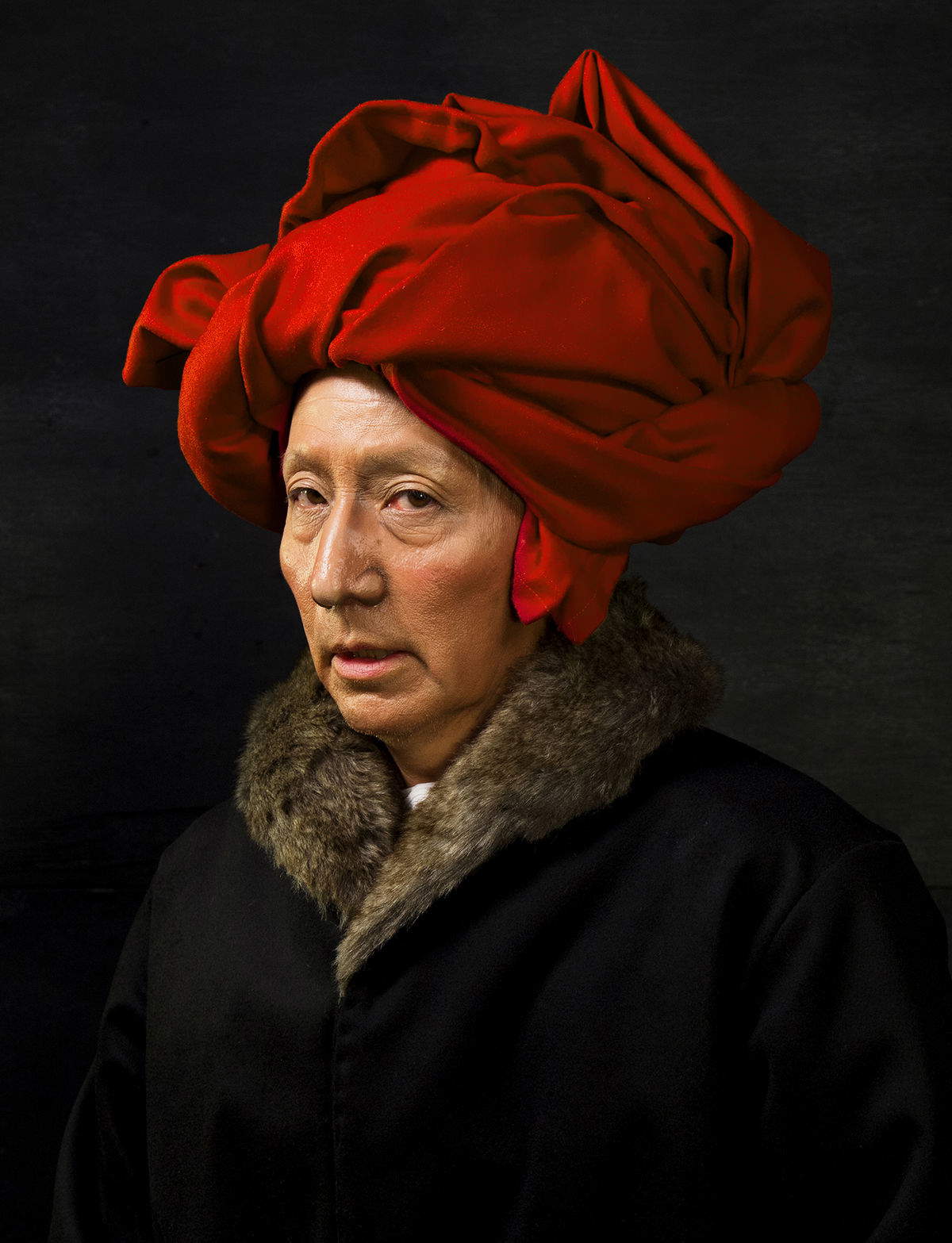The great voyages of Western explorers and the resulting colonizations in the most remote and unknown geographical areas ultimately paved the way for what we still call Orientalism or exoticism.
Born out of trade and exchanges between nations, linked mainly to imports of precious fabrics, artifacts, and spices, Orientalism represents both an important link in the relations between dominant countries and civilizations that for a long time remained unknown, and an opportunity for mixing and variations in styles and culture, especially for those highly evolved realities such as, for example, China and Japan.
The fundamental collection of novellas contained in The Thousand and One Nights, written in Arabic but, probably, of Indo-Persian origin, known as early as the 18th century in the Western mode, thanks to the French translation of Antoine Galland, determines a real aesthetic intoxication in the Napoleonic age (the Empire style with the campaigns in Syria and Egypt), later in the Victorian age (Queen Victoria was also ruler of the Indies), and in Russia between 1840 and 1860.
It is not only, then, a matter of supremacy, if we think that already, in Roman times, Egypt and Israel were provinces of the empire, nor only an affair related then to the relations between different religious beliefs, that between the Jewish-Christian religion and Islam: it is all that and more.
For the West, the East is the other, the object, often, of discrimination, when not of outright persecution, and, in any case, the expression of the deepest cultural differences and still ’now of complex analysis that reaches up to the present day, with ups and downs of a political, sociological, individual nature, if we think of William Shakespeare’s The Merchant of Venice, of vague, but then not so much, anti-Semitic flavor, and the fascination, on the contrary, of an artist like Rembrandt for Jewish culture and tradition.
Literature, fine arts, costume and room decorations, food, everything is part of it, carrying with it a fascination that will only later be supplemented with new insights.
Nevertheless, it is amusing, decades later, to rediscover the phantasmagorical reconstruction of places and costumes in American films of the most famous colossals (see Joseph L. Mankiewicz’s Cleopatra, which won multiple Oscars, even for its costumes, with a questionable Liz Taylor in the guise of the Egyptian queen, or the figure of the Arab horse merchant in the film Ben Hur, a character actor embodying the shrewd and greedy stereotype of the Arab).
In art the phenomenon is widely developed and described, for example, in “ruinism” (the Italian and Eastern ruins of early archaeological discoveries), the passion for the landscape with bridges and temples, or the vision of the Orient in a great artist like Delacroix .
Fashion and music are certainly not exempt from quotations and suggestions, from Mozart’s Turkish March to the “Turkish-style” pants of Paul Poiret, the brilliant French tailor.
More complex, however, is to talk about its opposite: Orientalism, the essay by Edward Said, the Palestinian-born American writer, seeks to explore the relationship between Europe and the East.
One cannot fail to mention, however, The Empire of Signs, a compelling account of travel to Japan, written by Roland Barthes, an immersion in the reality of a nation that oscillates between ancient and modern, inextricably bound to its traditions.
How, then, does the East look to the West?
The occasion of an exhibition by Chinese artist Chen Zhen at Hangar Bicocca in Milan may offer the cue, the occasion, for some reflection.
His long experience of living and working in Paris, for example, his frequentations in New York and London, offer the right to this analysis. The historical relationship between nature and culture, contemplative world and mass consumer society, are part of the sensibility of this artist who, among the first, demonstrated the coexistence of the two worlds. His installations express a rich array of cues in a long sequence of works, mostly installations.
Ready-made objects and parts of disused objects, submerged in water, including old books of essays and novels, like “sleeping” relics of civilization, populate his world. Among old calculators and abacuses, dusty cars, broken desks, chairs, stools and bottles appear as if in a poetic “day after” suspended in time and space, with obvious Duchampian reminiscences, in an atmosphere that theartist himself calls “transcontinental,” between past and recent experiences, between East and West, such as Cristal Landscape of Inner Body, from 2000, eleven crystal human organs resting on a plane, which seems to symbolize death. The ’architecture of Chen Zhen’s poetics can be found in the Western experiences, European and otherwise, of the 1960s and 1970s, in the cultural revolution that runs through the West and is enlivened in discarded and, in general, poor materials.
 |
| Chen Zhen, Cristal Landscape of Inner Body (2000; crystal, iron, glass, 95 x 70 x 190 cm) |
 |
| Feng Zhengjie, Chinese Portrait P Series 2006 No. 2 (2006; oil on canvas, 300 x 400 cm) |
 |
| Shi Xinning, Duchamp Retrospective Exhibition in China (2000-2001; oil on canvas, 100 x 100 cm) |
 |
| Shi Xinning, Christo’s Temple of Heaven (2001; oil on canvas, 200.7 x 170.2 cm) |
 |
| Eric Fischl, Birthday boy (1983; oil on canvas, 214 x 214 cm; Reggio Emilia, Collezione Maramotti) |
 |
| Wang Xingwei, The Decadence and Emptiness of Capitalism no. 2 (2000; oil on canvas, 170 x 240 cm; Galerie Urs Meile) |
Many years earlier, after World War II, a group of Japanese artists had been singled out by the French critic Michel Tapié. It was the Gutai Group, which was conducting a three hundred and sixty-degree quest between performance, installation and painting, a quest that coincided, in many cases, with that of European and non-European artists. Informal, or Abstract Expressionism, or Action Painting, one of the first forms of cultural globalization that brought the East and the West together positively.
The first “wave” of a group, not a movement, of Chinese artists, seen in a distant edition of the Venice Biennale, curated by Harald Szeemann, offered them in the sculptures and paintings of a generation of young people who were the object of attention by gallery owners and various institutions.
In the exhibition curated by Lorenzo Sassoli De Bianchi that I organized in Bologna in 2005, entitled China-Contemporary Painting, some of them were present, and I am talking, for example, about Feng Zhengjie, with his faces of girls affected by a kind of squint, algid and languid.
Shi Xinning depicts a typical hagiographic scene of Mao together with his small staff and with Christo’s packed temple, Chiristo’s Temple of Heaven, behind, or that of Mao intent on observing Duchamp’s famous work of theurinal in the Duchamp retrospective exhibition painting, not to mention the shameless quotation of Eric Fischl’s 1983 paintingBirthday Boy in Wang Xingwei’s The Decatence and Emptiness of Capitalism 2, or other quotations from art history by Zhou Tiehai in which the protagonists have the head of a camel. But why a camel’s head? The artist’s answer: the Chinese call Westerners “long noses,” while we Westerners talk about them having “almond eyes.”
In short, a pop reinterpretation of Western art history.
Quite different is the aesthetic gaze of an artist like Ai Weiwei, an artist, designer, architect, and activist, who has been working in New York for most of his career and whose earliest works include a profile of Duchamp’s face made from a coat hanger, Profile of Marcel Duchamp, from 1985.
Ian Buruma and Avishai Margalit write the essay entitled Occidentalism, published by Einaudi in 2004, in which, among other things, their thesis contradicts the clash of civilizations and different worlds and, at the same time, defines hatred as something that arises from within and, subsequently, develops into the other, the different.
Iranian artist Shirin Fakhim, in her series Tehran Prostitutes, creates eight life-size dolls, one of which is “waiting for a client,” with S&M boots and the Playboy bunny logo on her briefs.
Rather than sculpture, this is the object intended as an installation, the one that, during the 1960s, placed the figure of one of the most interesting artists in recent history in the world’s attention: the Korean Nam June Paik who ranges between painting, collage, installation, precisely, performance and much more. Famous are his Buddhas looking at a television set, with continuous dialectical relationships between two cultures, and with a strong inclination to use what were, at the time, new technologies, not to mention his tributes to the German Joseph Beuys.
One cannot forget the epic bicycle journey that Japanese artist Hidetoshi Nagasawa made that led him to meet the West, including Italy, faithful to that minimalism and use of natural materials so dear to the exponents of Arte Povera.
One can compare an artist like Cindy Sherman and her metamorphoses into historical and contemporary figures, according to an ideological and countercultural transformism, with the transvestism of the Japanese Yasumasa Morimura, well known especially during the 1980s/90s, who interprets, transforming himself, symbolic figures such as Marilyn Monroe, Marcel Duchamp in women’s clothing, and quotes works of’art of the past, mostly self-portraits, (think Van Gogh’s or Frida Kahlo’s) according to a strikingly faithful logic of mimicry.
These are some examples, among the most obvious, of that cultural nomadism that meets, in the visual arts, an interesting and alienating interweaving, and that places at the center a conceptual and, why not? Deeply oscillating between Pop and spirituality.
 |
| Ai Weiwei, Hanging Man (Duchamp) (1985; coat rack, 39 x 28 cm) |
 |
| Nam June Paik, TV Buddha (1974; video installation and 18th-century Buddha statue; Amsterdam, Stedelijk Museum) |
 |
| Nam June Paik, Homage to Joseph Beuys (1989; mixed media, 202 x 166 cm) |
 |
| Hidetoshi Nagasawa, Seven Rings (2015; Carrara marble and wood, 460 x 70 cm) |
 |
| Yasumasa Morimura, An Inner Dialogue with Frida Kahlo (Skull Ring) (2001; color photograph, 149.9 x 120 cm) |
 |
| Yasumasa Morimura, Doublonnage (Marcel) (1988; color photograph, 150 x 120 cm) |
 |
| Yasumasa Morimura, Self-portraits through Art History (Van Gogh / Blue) (2016; color photograph, 25.7 x 18.4 cm) |
 |
| Yasumasa Morimura, Self-portraits through Art History (Van Eyck in a Red Turban) (2016; color photograph, 25.7 x 18.4 cm) |
Warning: the translation into English of the original Italian article was created using automatic tools. We undertake to review all articles, but we do not guarantee the total absence of inaccuracies in the translation due to the program. You can find the original by clicking on the ITA button. If you find any mistake,please contact us.